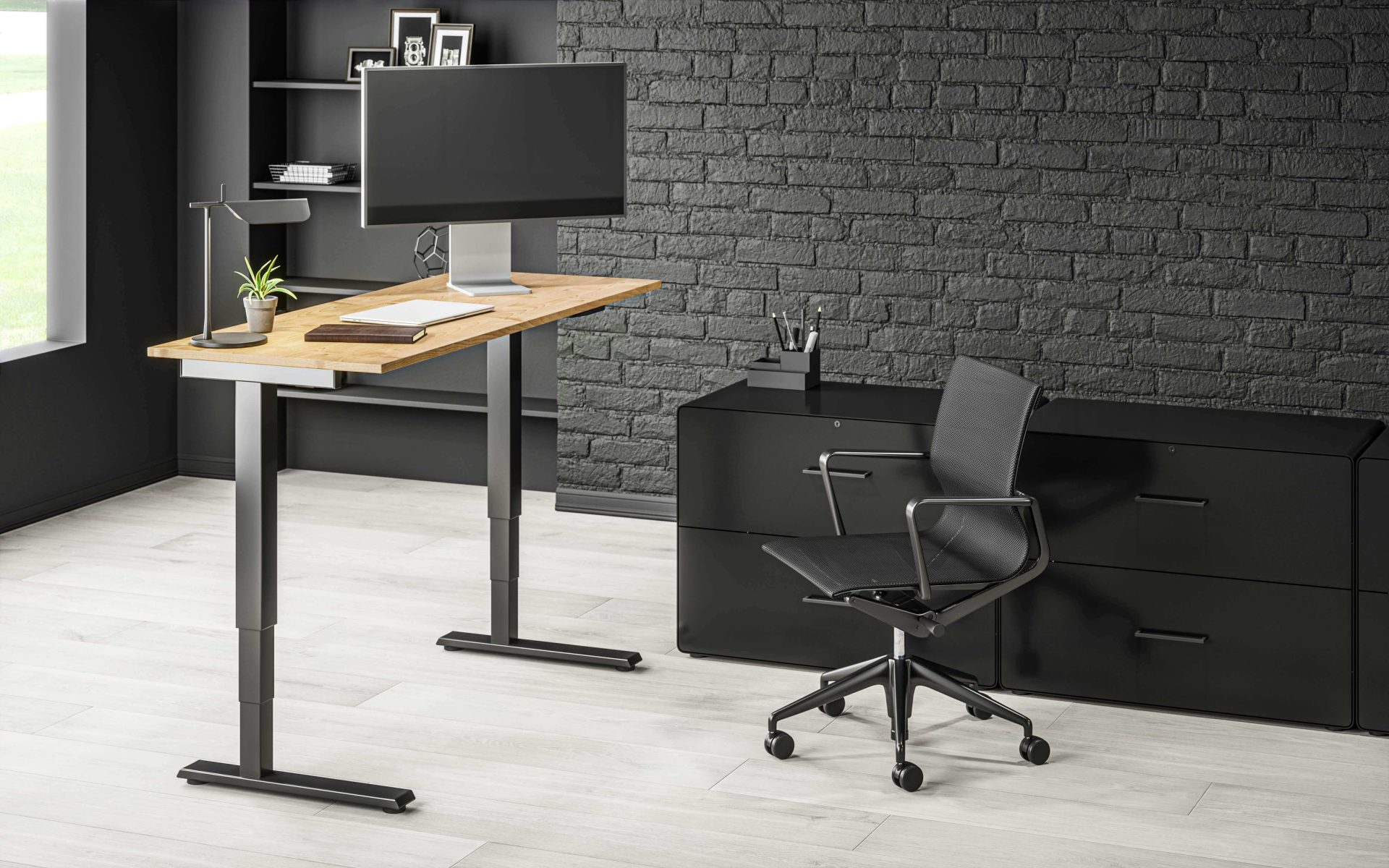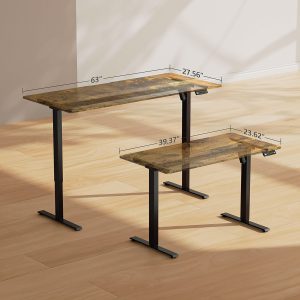Height adjustable desks have gained popularity for good reason. They allow users to switch between sitting and standing, promoting better health and comfort. However, simply having a height adjustable desk isn’t enough. To enjoy the benefits, you must set it up correctly. In this article, we’ll explore how to adjust your height adjustable desk for maximum comfort and ergonomics.
Why Ergonomics Matter
Ergonomics is the science of designing workspaces to fit users’ needs. Proper ergonomics can improve comfort and efficiency while reducing the risk of injury. When using a height adjustable desk, an ergonomic setup is key to maintaining good posture.
The Importance of Desk Height
The height of your desk plays a critical role in your overall comfort. An incorrectly adjusted desk can lead to strain on your neck, back, and wrists. On the other hand, a well-adjusted desk supports a natural posture, helping you feel more comfortable and reducing injury risks.
Finding the Right Height
To determine the right height for your height adjustable desk, follow these steps:
1. Stand Up Straight: Begin by standing with your feet flat on the ground and your body relaxed.
2. Elbow Angle: Bend your elbows to about 90 degrees. Your forearms should be parallel to the floor. This position helps keep your wrists straight while typing.
3. Monitor Height: Position your monitor so that the top of the screen is at or slightly below eye level. This setup prevents neck strain.
4. Keyboard and Mouse: Place your keyboard and mouse close to your body. Your hands should rest comfortably above them.
5. Test Heights: Use the adjustable feature of your desk to find the most comfortable height for your body.
Adjusting for Sitting and Standing
When using a height adjustable desk, it’s important to adjust it based on whether you’re sitting or standing.
Sitting Position
1. Desk Height: For sitting, the desk should be at elbow height. Your elbows should form a 90-degree angle.
2. Feet Position: Ensure your feet are flat on the ground. If they don’t touch, use a footrest for support.
3. Monitor Alignment: Keep your monitor at eye level to prevent neck strain.
Standing Position
1. Desk Height: When standing, the desk should be slightly below elbow height. This position allows your arms to rest comfortably.
2. Weight Distribution: Shift your weight from one foot to another to reduce fatigue. Consider using an anti-fatigue mat for extra comfort.
3. Monitor Position: Adjust your monitor to eye level to maintain a neutral neck position.
Use of Ergonomic Accessories
In addition to adjusting your desk, consider adding ergonomic accessories:
– Anti-Fatigue Mats: These mats provide cushioning and support for your feet while standing.
– Keyboard Trays: A keyboard tray can position your keyboard correctly, helping keep your wrists straight.
– Monitor Risers: If your monitor isn’t at eye level, a riser can elevate it to the right height.
Regularly Check Your Setup
Your comfort may change over time. Regularly check your height adjustable desk setup. Make adjustments as needed to ensure continued comfort and proper alignment.
Listening to Your Body
Pay attention to how your body feels while working. If you experience discomfort, take a break. Reassess your desk height and posture, making necessary adjustments.
Conclusion
A height adjustable desk can enhance your work experience, but it needs to be set up correctly. Adjust the desk height for both sitting and standing positions. Keep your monitor at eye level and your keyboard within easy reach. Using ergonomic accessories can further improve your setup.
By following these guidelines, you can create a height adjustable desk setup that maximizes comfort and productivity. Embrace the flexibility of a height adjustable desk, and enjoy a healthier, more efficient work environment.


